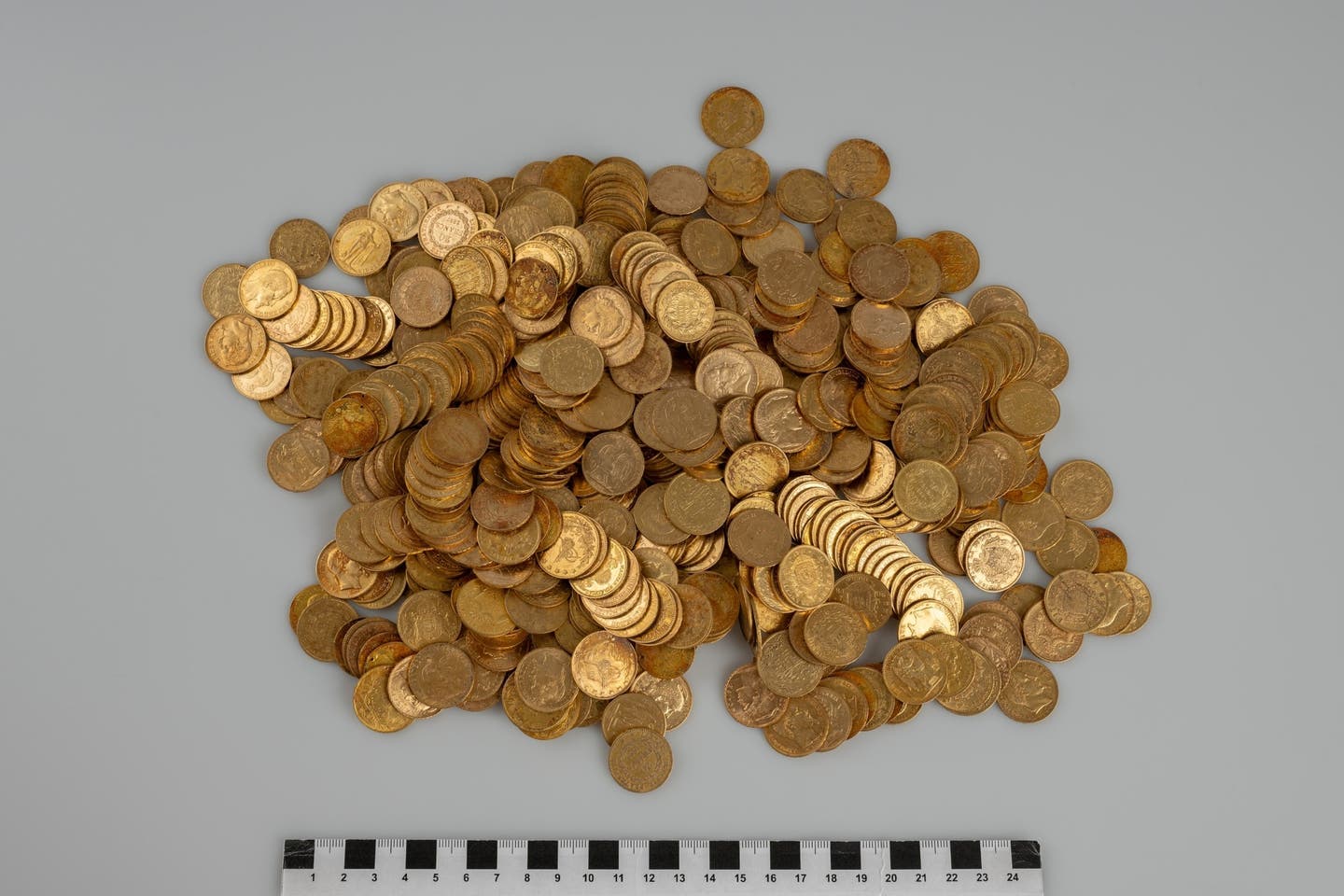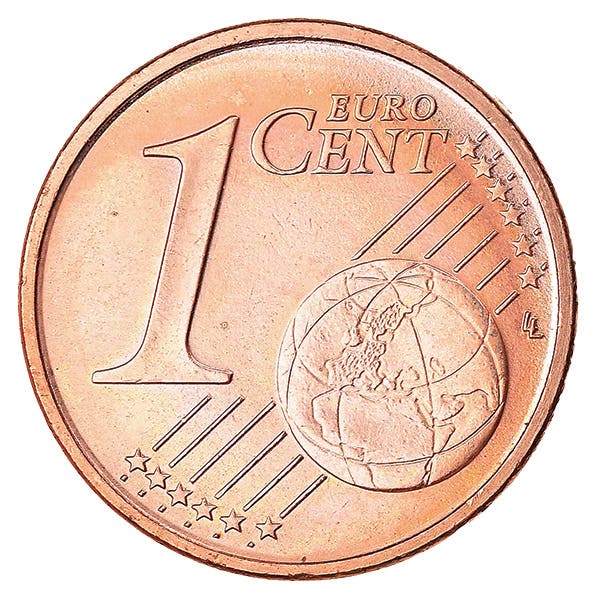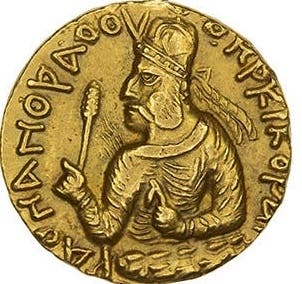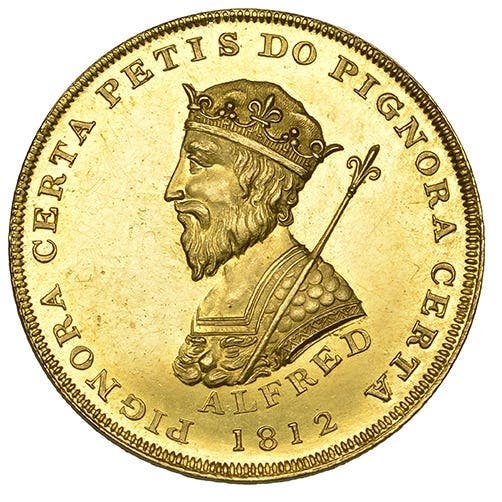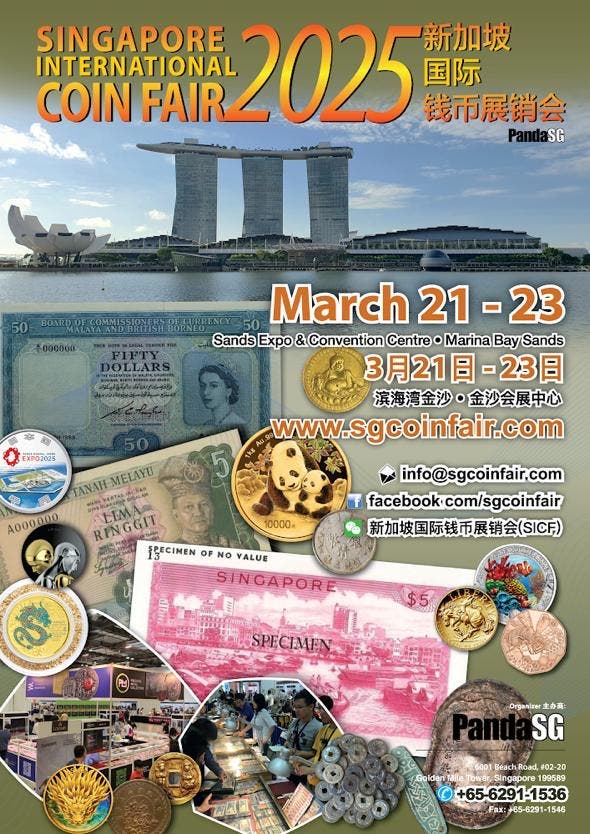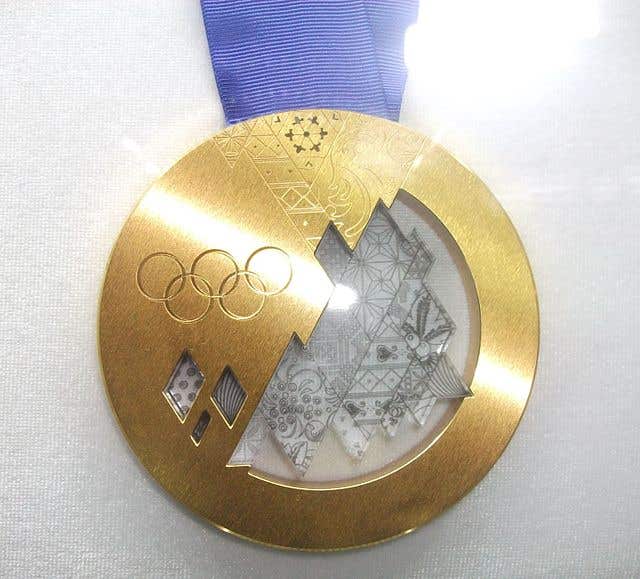Family ruble tops bidding at Spink
Spink’s main autumn coin auction was conducted Sept. 26-27 in London around sales of the Stewartby, Rhodes and Taugourdeau collections. The Spink staff had been concerned that the results of…
Spink’s main autumn coin auction was conducted Sept. 26-27 in London around sales of the Stewartby, Rhodes and Taugourdeau collections. The Spink staff had been concerned that the results of these three specialist sales might overshadow the general Ancient, British and Foreign Coins and Commemorative Medals event. This proved not to be the case.
In the main catalog 1,171 lots were on offer. They ranged across the coin collecting spectrum. This same observation applies to the top-selling results. Examples realizing serious prices include a Russian ruble, a couple of rare historic medals, a remarkable English silver penny, and two modern gold strikings. Readers wanting additional details are urged to check out post-sale results and catalog at the Spink website: www.spink.com.
Top lot was a Czar Nicholas I Family 1½ ruble of 1836 by Pavel Utkin. The reverse shows Empress Alexandra surrounded by busts of her seven children. Just 50 pieces were struck with that on offer described as proof-like gEF. Given the state of the Russian market the estimate had been set at £30,000-40,000. It proved conservative. When the dust settled the Romanov family had realized $88,920 [£68,400].
The English silver penny was an exceptional coin: a 1.42 g Henry I large profile, cross and annulets type, S-1269. Henry I was the fourth son of William the Conqueror. This meant he was landless when dad died. He gained the throne by seizing it when his older brother William Rufus was killed in a hunting “accident.” He successfully held it from 1100 to 1135 against all comers, during which time he struck the aEF coin on offer. That coin shows an exceptional profile for this issue perhaps explaining why someone was prepared to pay $34,320 [£26,400] to give it a good home.
The two medals were delightful historical gems. Both were rare.
First up was a 52mm silver piece from 1588 celebrating the destruction of the Spanish Armada. The medal is Dutch not English. In the battle the Dutch flyships operating in the shallow waters off Zeeland and Flanders successfully frustrated the Spanish fleet from linking up with the Spanish army in Dunkirk, thereby frustrating the planned invasion of England.
The medal was commissioned by Maurice Prince of Orange from engraver Gerard van Blyaer. The prince’s arms appear on the reverse. On the obverse the name of Jehova is shown in Hebrew in the clouds. The legend translates as “He blew and they were scattered.” In aEF the rarity sold for £9,000.
Continuing the theme of intra-European wars involving the House of Orange, the second medal shows the landing of Prince William (of Orange) at Torbay in 1688 to be greeted by Britannia. Graded gVF the 50.05 mm gold piece took a very comfortable $18,200 [£14,000].
Choice examples of modern British gold continue to be in demand. Among numerous examples on offer was a proof £5 of George V dated 1911, S-3994 and the similar coin of George VI dated 1937, S-4074. Both were in FDC condition. George V edged out his son with a price of $13,650 [£10,500] against $12,480 [£9,600].
A premium of 20 percent has been added to the prices given above. These have been converted at a rate of 1GBP = 1.30USD. The total realized over the 1,171 lots was $976,677 [£751,290].
This article was originally printed in World Coin News. >>Subscribe today
More Collecting Resources
• The 1800s were a time of change for many, including in coin production. See how coin designs grew during the time period in the Standard Catalog of World Coins, 1801-1900 .
• Purchase your copy of The Essential Guide to Investing in Precious Metals today to get started on making all the right investing decisions.



